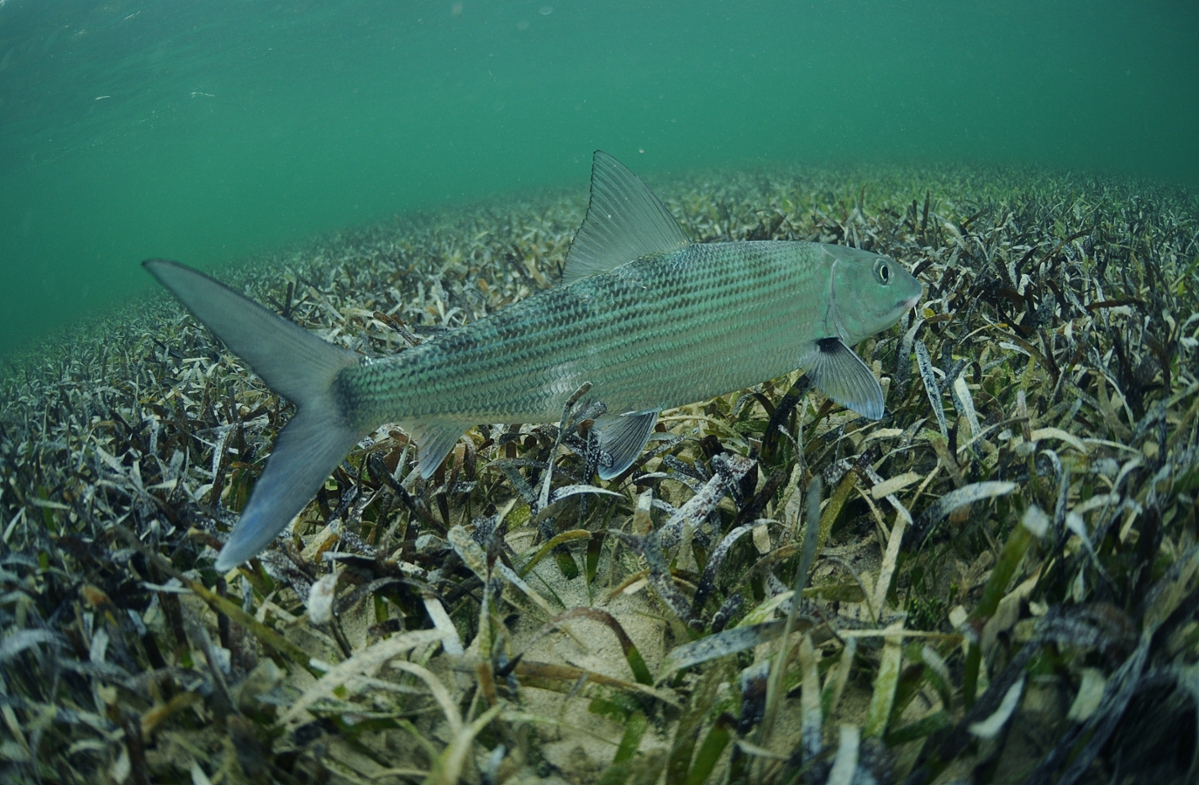It’s time to ratchet up bonefish conservation, FIU scientists say
Anglers are catching fewer bonefish in South Florida. FIU scientists say there are many factors that could be behind the drop in catches, with warmer temperatures, more predators, fishing and contaminants among them.
FIU coastal ecologist Jennifer Rehage and a team of scientists found the decline is affecting all of South Florida, with some areas more affected than others. They examined bonefish, bonefish catches and water quality throughout Biscayne Bay, Florida Bay and the Florida Keys. They also surveyed and interviewed nearly 300 anglers and fishing guides on their fishing experiences in 2015.
The scientists found bonefish decline began in 1985, with the lowest catches seen after 1999. A 2010 cold spell made things worse for the sportfish, killing many of them, along with other tropical plant and animal species. Changes in both adult and juvenile fish appear to account for the decline. The highest declines are seen in Florida Bay and the lowest in Biscayne Bay.
Adult bonefish take up residence in salty marine environments, but little is known about where they spawn or where juveniles live in South Florida. The scientists also found juveniles are spending time in low salinity environments early in their lives, particularly in Florida Bay. Nestled in between the southern end of the Florida peninsula and the Florida Keys, the bay is sensitive to changes in the quality, movement and distribution of water in the Everglades.
The scientists call for addressing local and regional factors, conserving and managing adult and juvenile bonefish, and restoring freshwater in the Florida Everglades.
“People haven’t looked for bonefish in low-salinity environments because they think they’re a marine species,” said Rehage, a researcher in FIU’s Institute of Water and Environment. “This finding tells us the link between bonefish, freshwater and the Everglades is stronger than we previously thought. We need to consider low-salinity habitats in bonefish conservation and management.”

Bonefish are great indicators of environmental health. Bonefishing is also a popular sport in South Florida, where they contribute to flats fishery with an annual economic impact of more than $465 million.
The International Union for the Conservation of Nature lists bonefish as near threatened because of habitat loss, water quality decline, and commercial and artisanal fishing. Little is known about bonefish in South Florida, in part, because they are regulated as catch-and-release fishery and get little management attention. The information from the studies can help inform bonefish conservation and natural resource management.
The FIU scientists conducted studies on bonefish fisheries in South Florida. Other scientists conducted studies on bonefish in the Bahamas, Belize, Cuba and Honduras. All of their efforts resulted in 23 studies published in a special issue of Environmental Biology of Fishes.
The FIU studies and many of the studies in the special issue were funded by Bonefish & Tarpon Trust, a science-based, non-profit, conservation organization dedicated to conserving and restoring bonefish, tarpon and permit fisheries and habitats through research, stewardship, education and advocacy.
“It’s fantastic to see the amount of new research on flats fishes and habitats in the past five years,” said Aaron Adams, director of science and conservation at the Bonefish & Tarpon Trust. “This advancement is made possible by the collaborative effort between Bonefish & Tarpon Trust, FIU, and the many other scientific partners. Since the fishery is economically important and these species use many coastal habitats, this new science is also proving to be important for broad-scale conservation efforts.”
The FIU studies were also developed in collaboration with the Florida Coastal Everglades Long Term Ecological Research (FCE LTER) program. Funded by the National Science Foundation and housed at FIU, the FCE LTER program leads some of the largest and longest studies on how climate, water and people impact the Florida Everglades.
